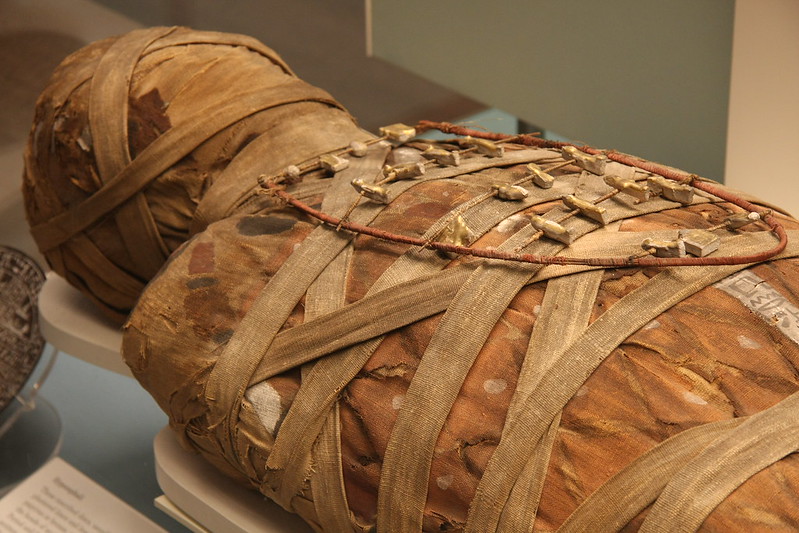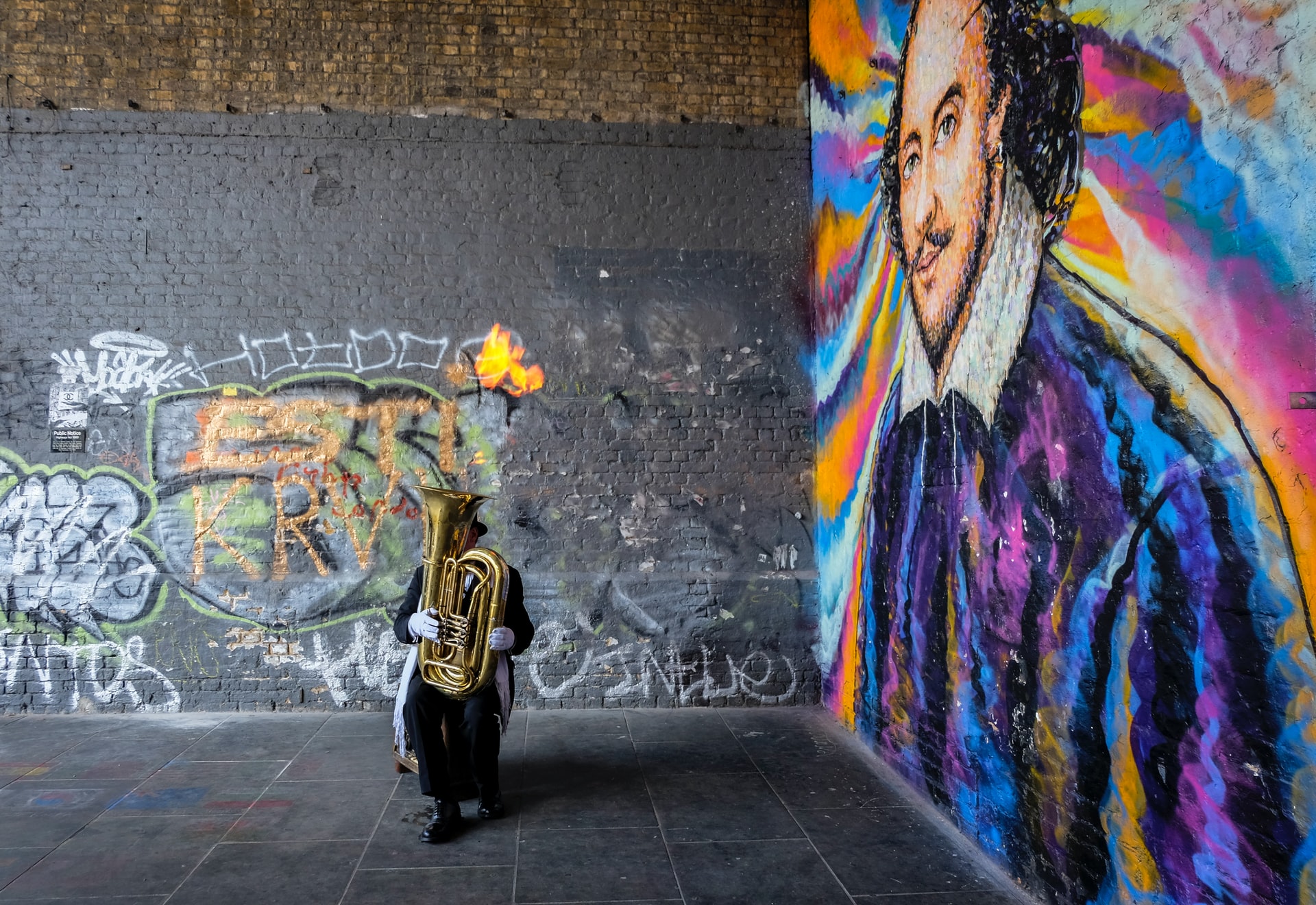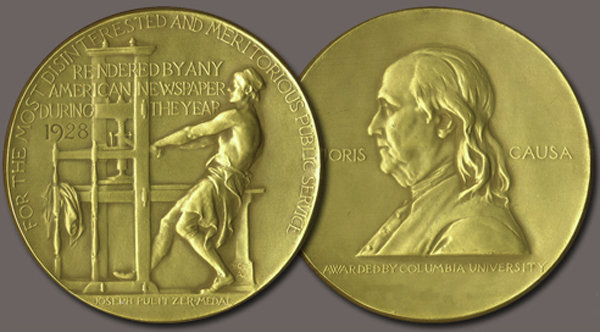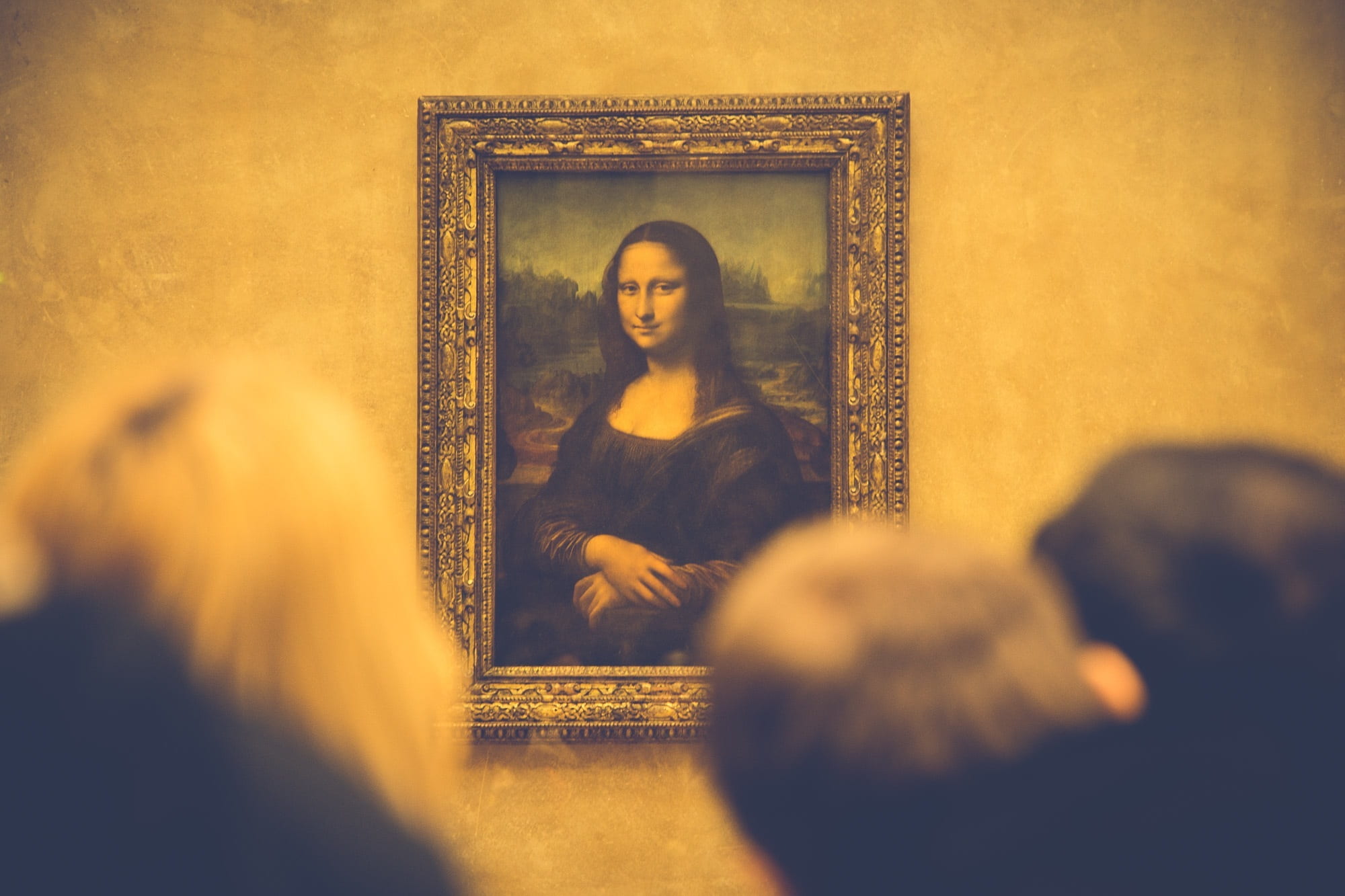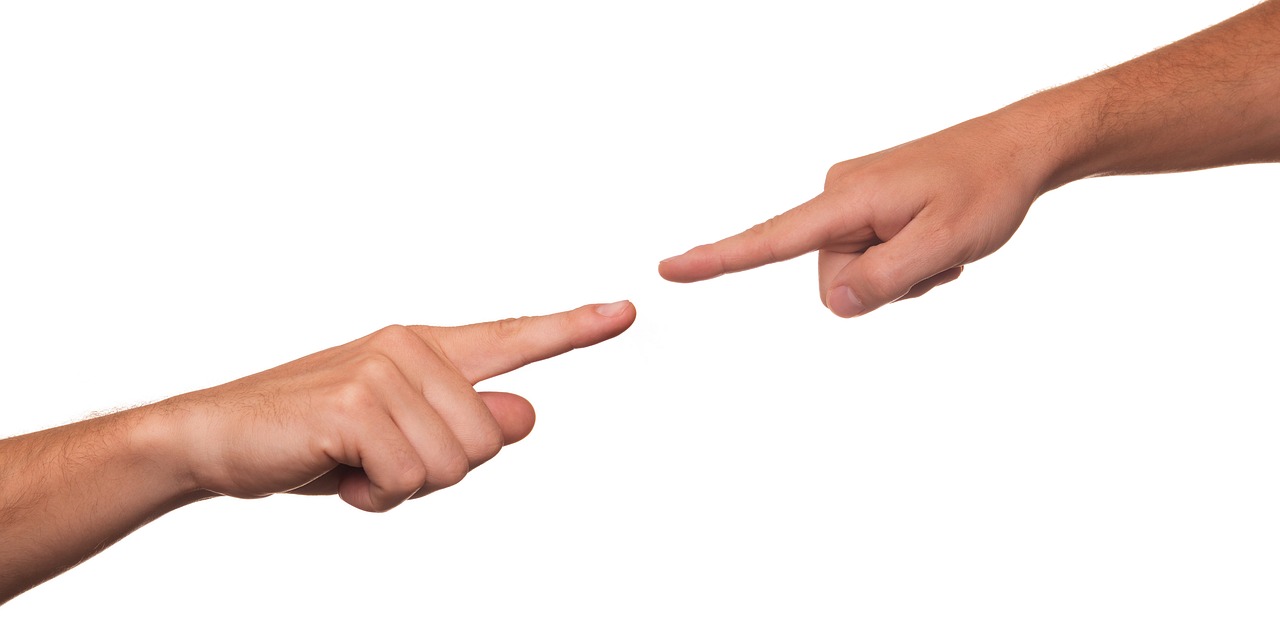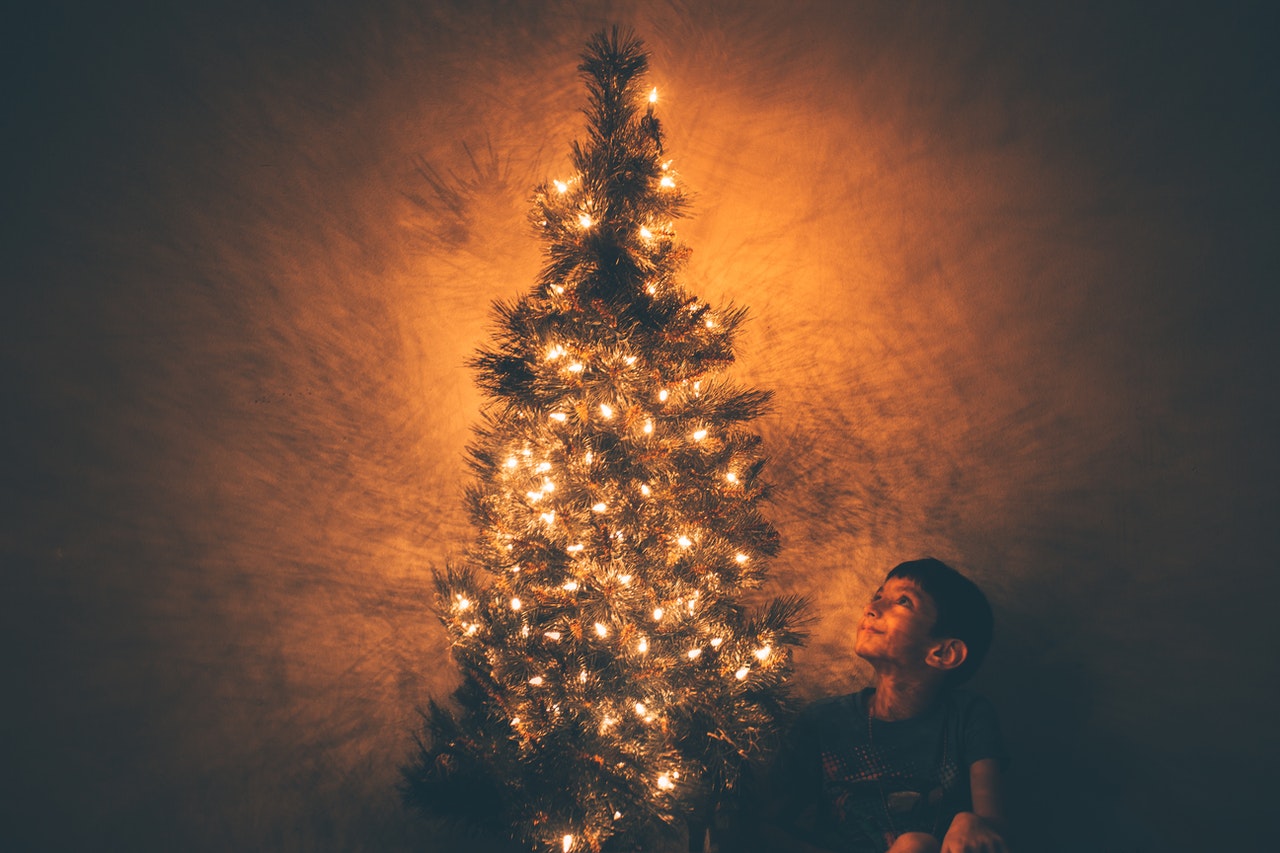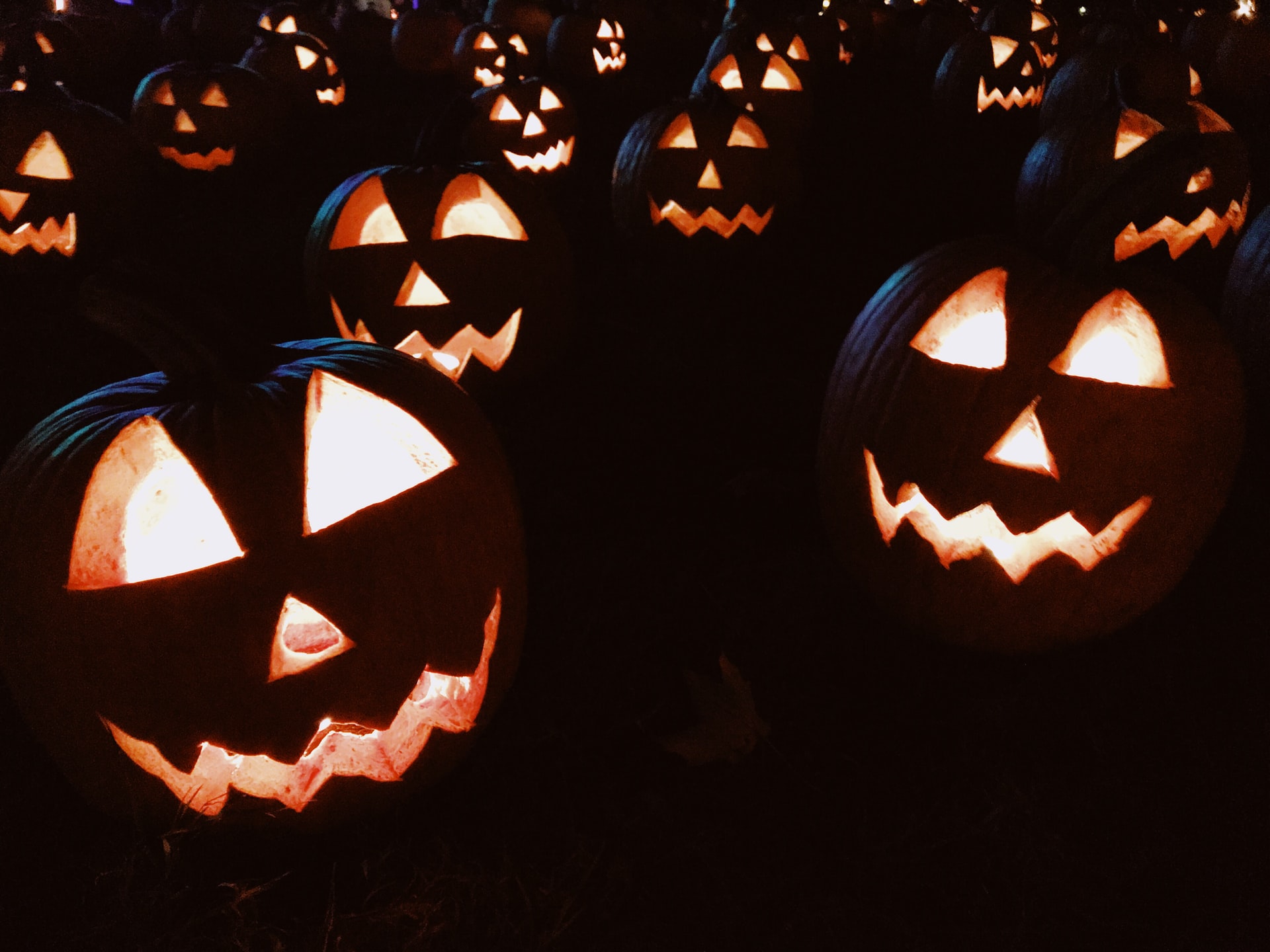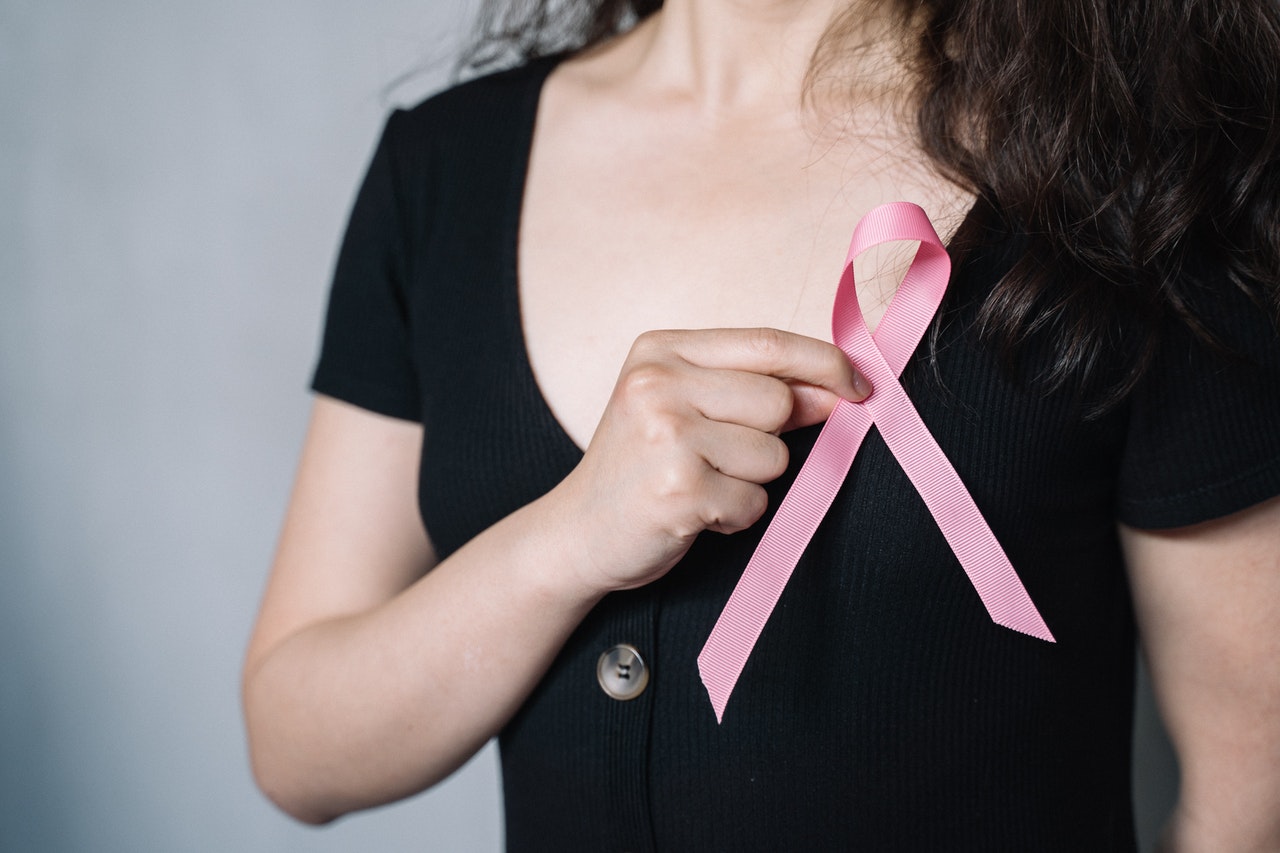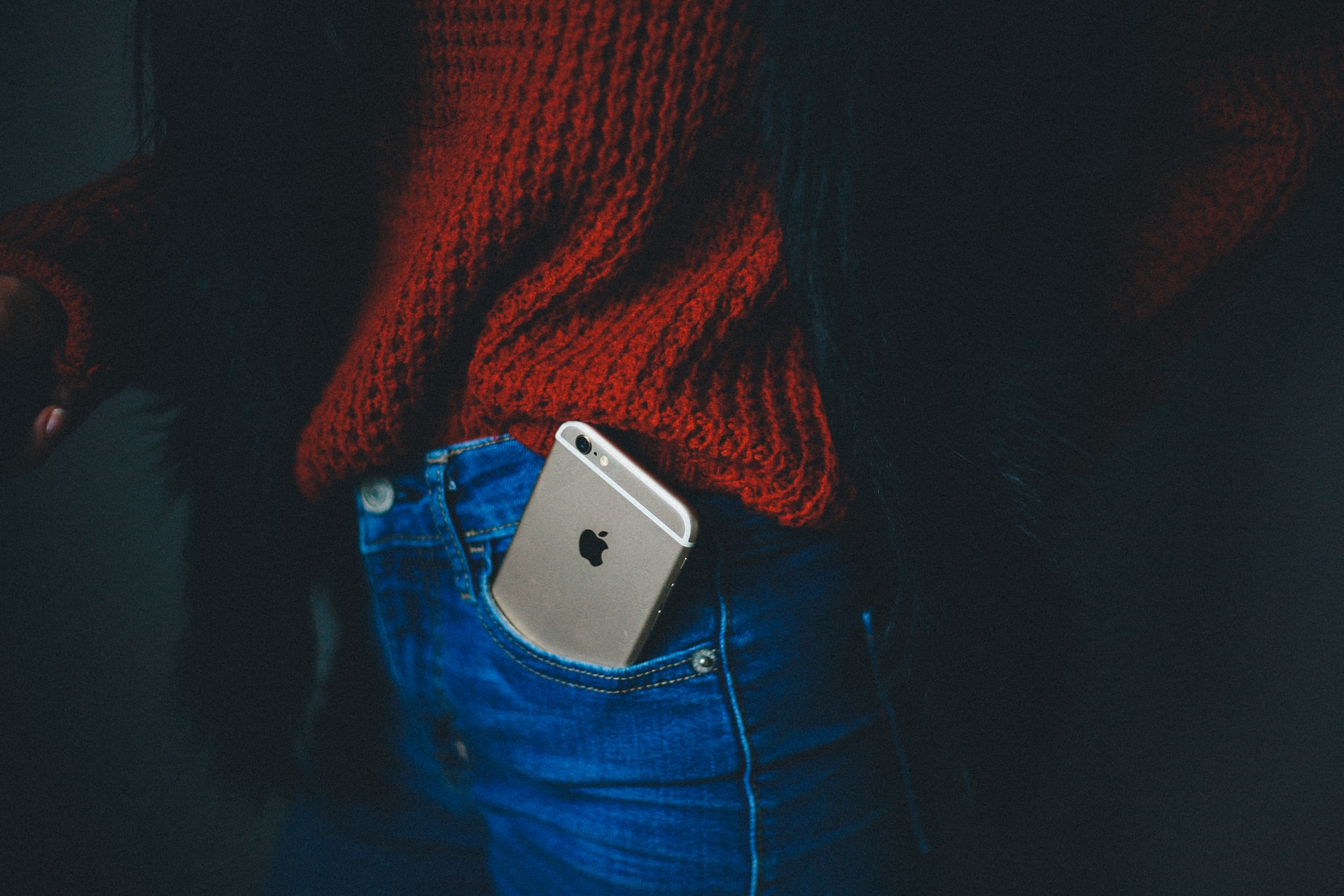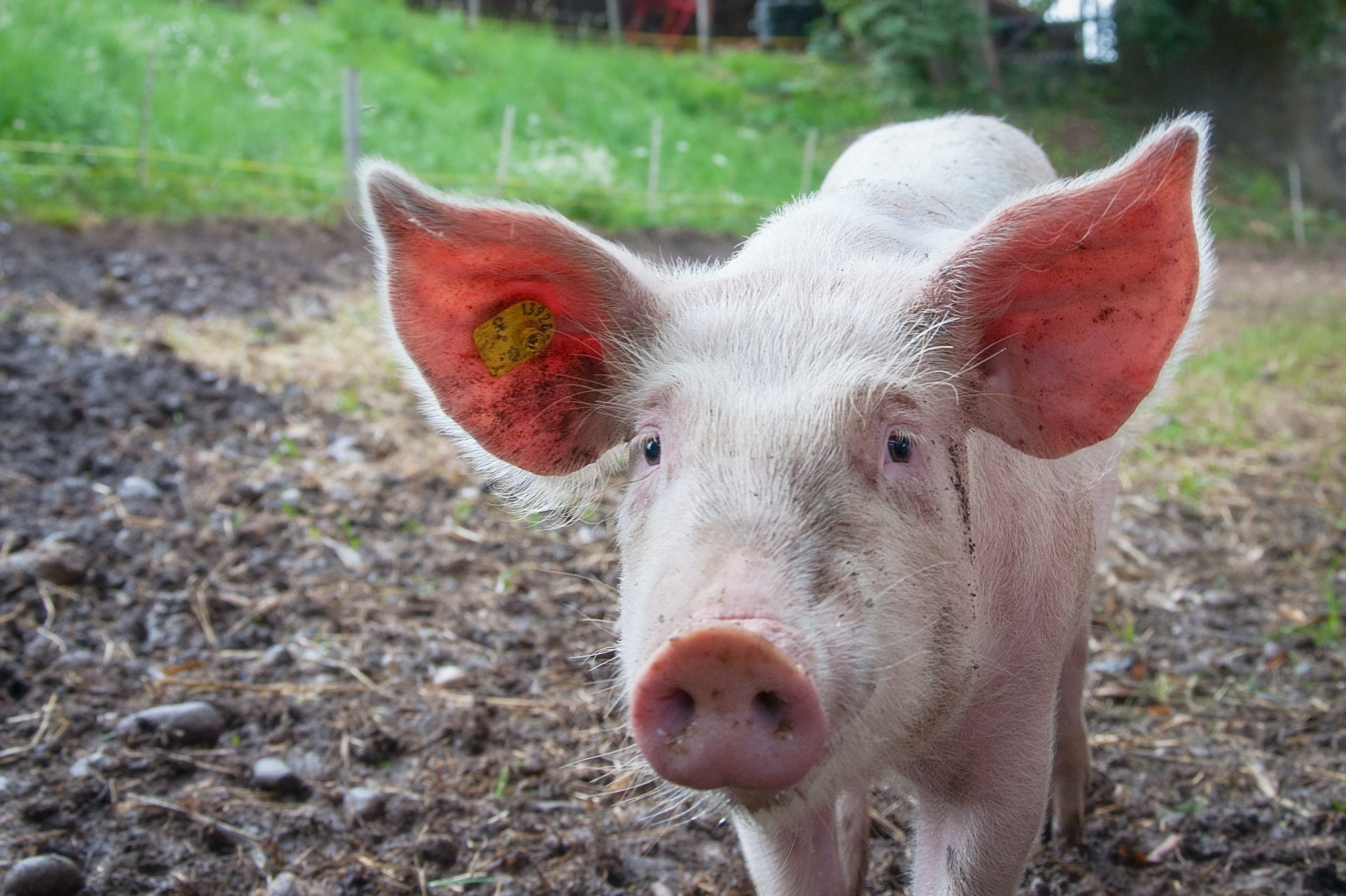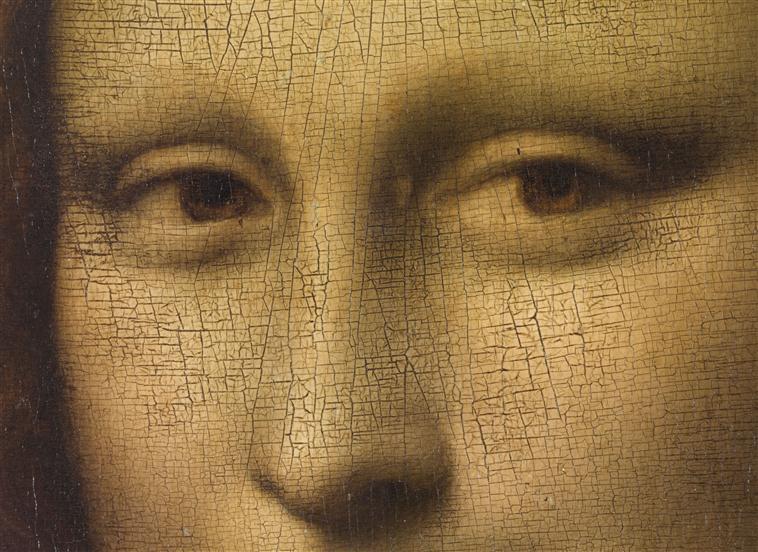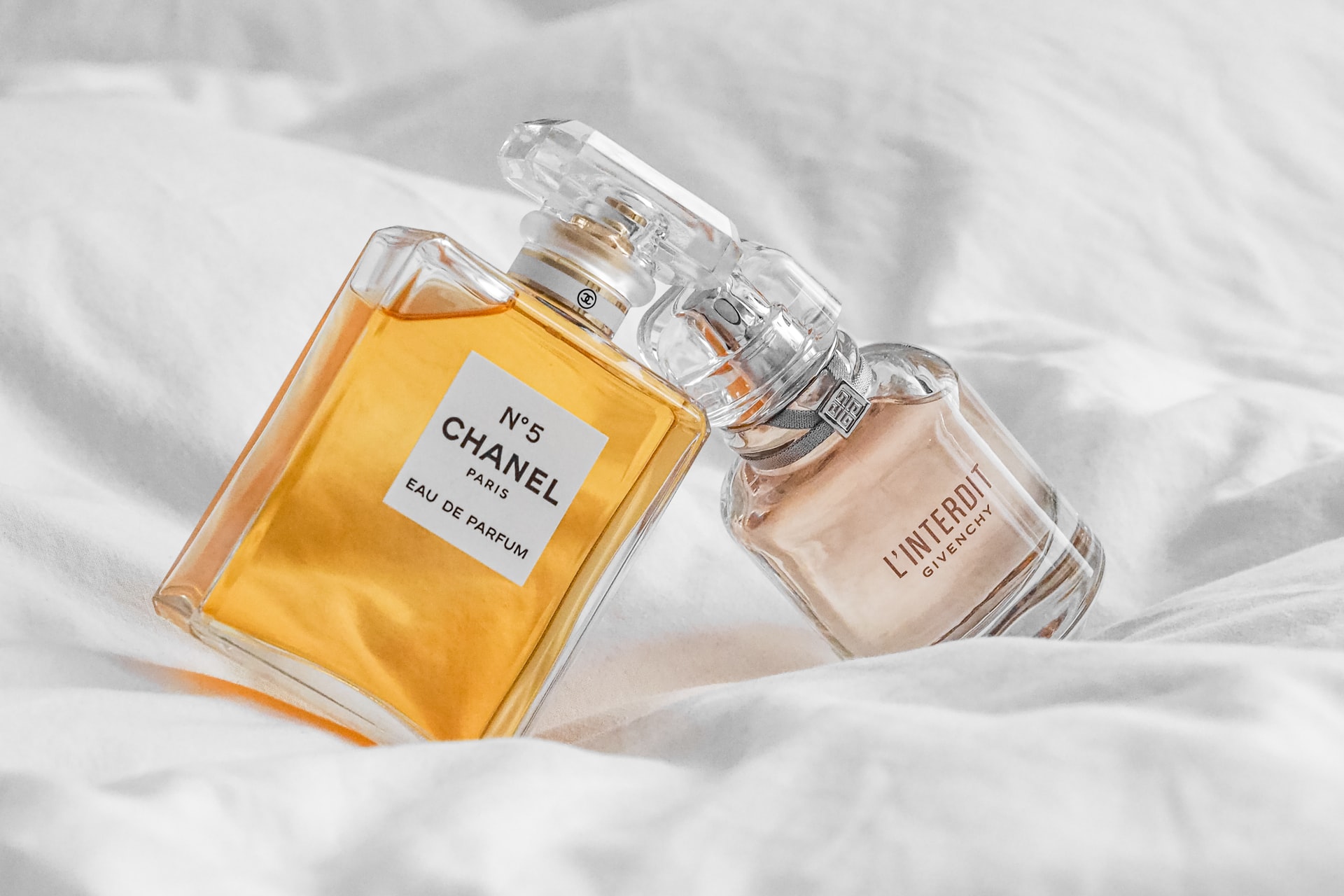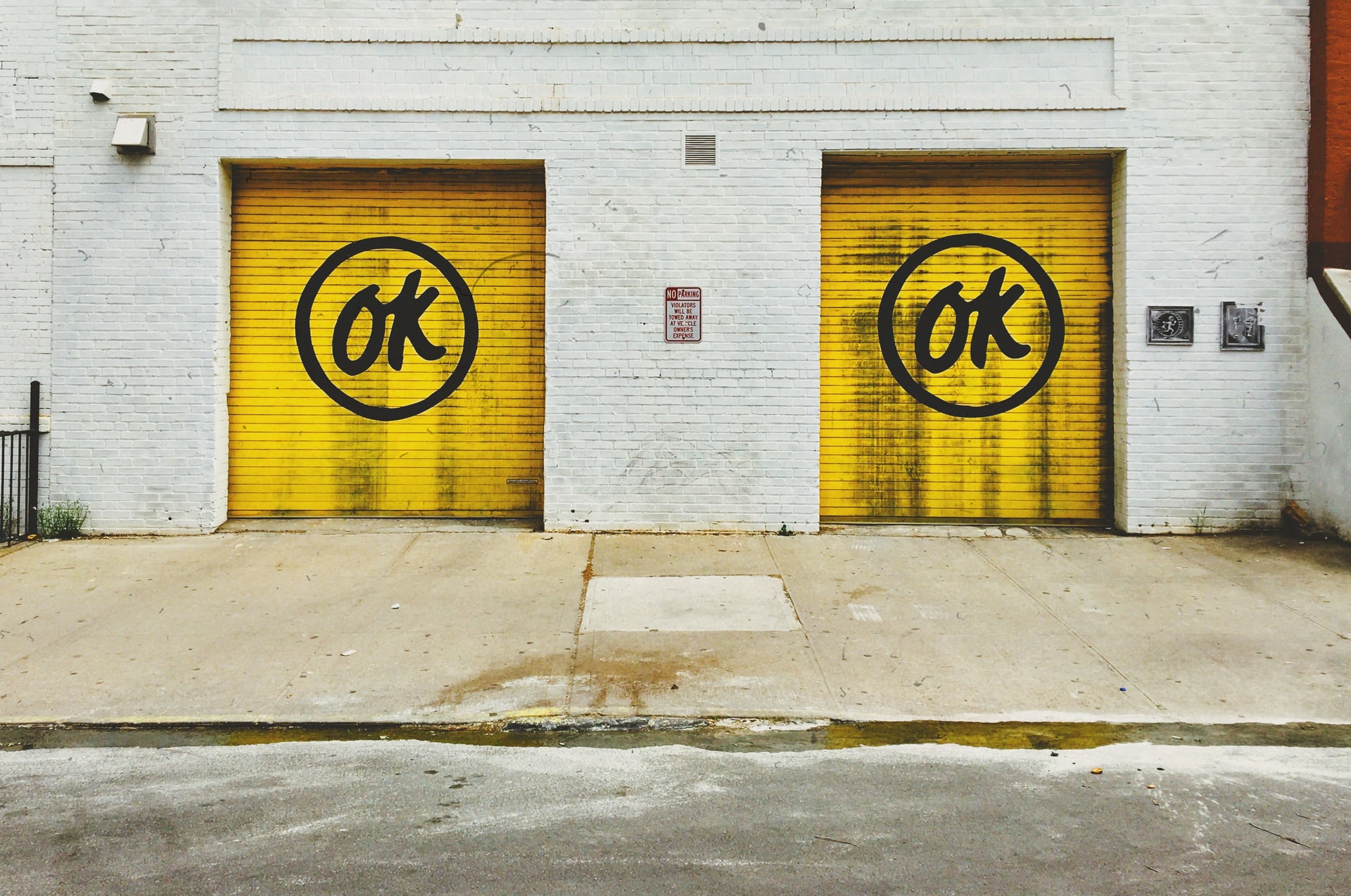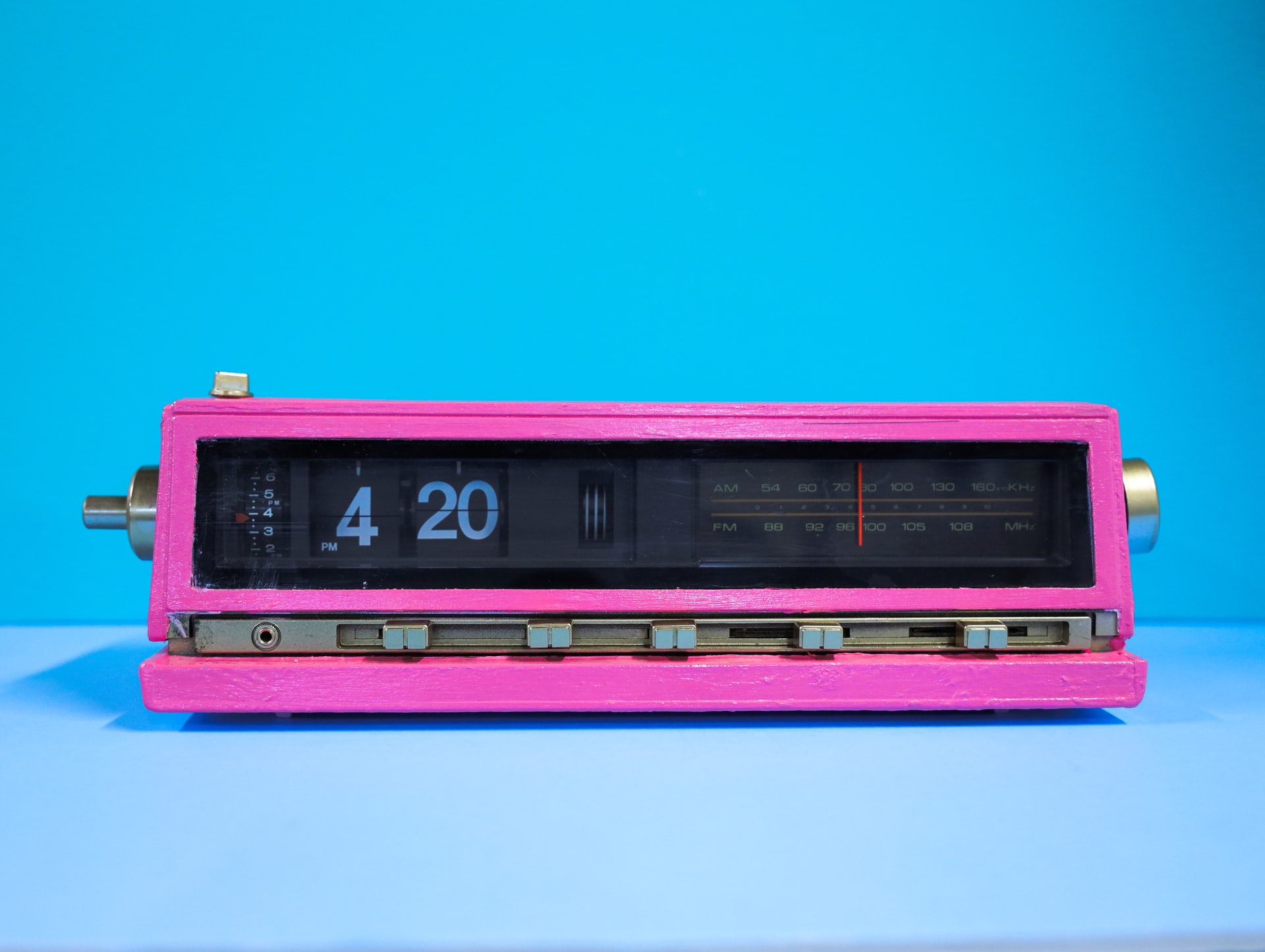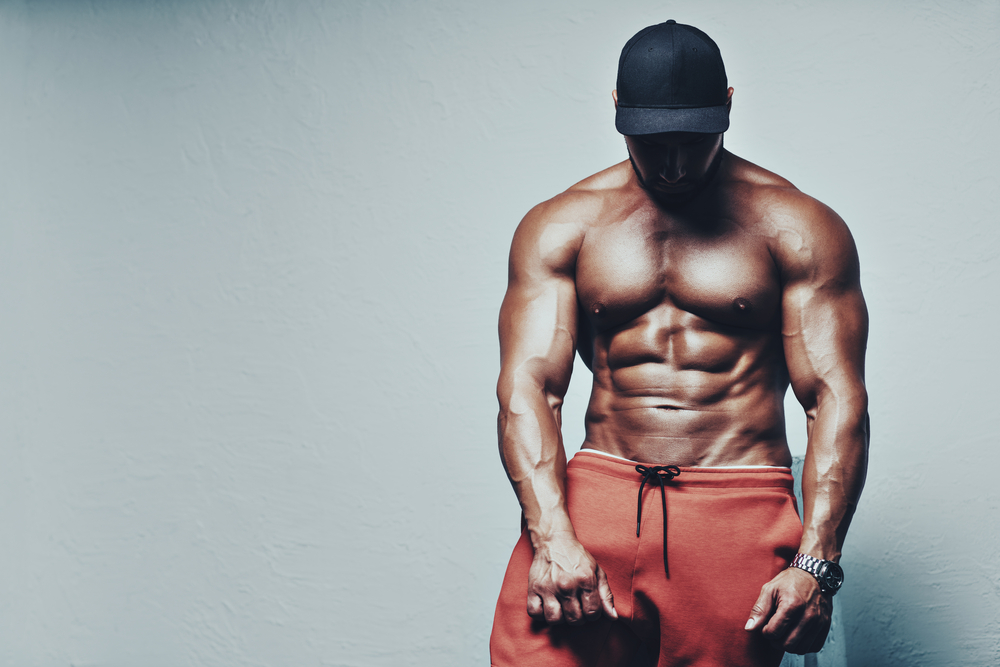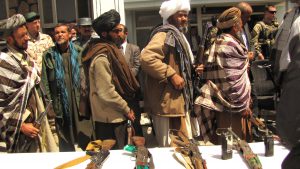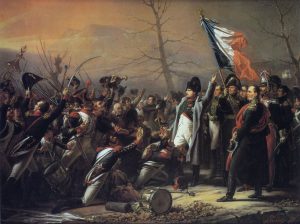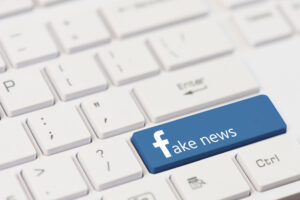Reading Time: 2 minutes
- The first mention of “unicorn” is about 3000 years old.
- At that time, unicorns were believed to be native to India and real, but they were considered elusive (impossible to catch and very difficult to find).
- One Greek historian Ctesias described unicorn as an Indian ‘one-horned’ ass, which was the size of a horse — white body, purple head, and blue eyes.
- Those who drank from its horn were thought to be protected from various illnesses including poisoning.
- Then from natural history books (where it was seen as a real animal), it started appearing in some transations of the Bible.
- The Bible (Old Testament) had references to an animal called re’em (a strong and splendid horned animal) and some translations translated re’em as unicorn.
- From biblical references, it travelled to Christian teachings and in these religious teachings, unicorn was shown as a strong, fierce but elusive animal that could be caught only when a virgin maiden was placed before it.
- The virgin then breast fed the unicorn and took it to the king’s palace.
- Because of this story, some medieval (5th to 15th century) writers likened unicorn to Christ who dwelt in the womb of Virgin Mary.
- Gradually, it became a subject of great interest for artists and some portrayed it as the lover who is attracted to his lady as the unicorn is to the virgin.
- Its elusiveness, likeness to Christ and then to a lover kept the artists’ interest in it alive in the 16th and the 17th centuries.
- It was in these periods that unicorns became rainbow coloured and glittery.
- Now, rainbow had become the symbol for the LGBT community in the 1970s and possibly because of this association, unicorn showed up on t-shirts (with messages such as: “Gender is imaginary”) during gay parades in the 1970s and the 1980s.
- Then, in 1981 came the TV series My Little Pony that featured ponies with colourful bodies and manes; by 1995 this show and related merchandise became popular worldwide.
- Millennials, who had grown up consuming this show/merchandise, went crazy when food photographer Adeline Waugh in 2016 posted pics of toast with pastel-coloured cream on social media and called it unicorn toast.
- Marketers recognised the trend, as more and more unicorn-themed pics surfaced online, and started exploiting it, e.g. Starbucks’ Unicorn Frappuccino.
Image courtesy of Kindel Media through Pexels
Reference shelf :



